
In recent times, Australians have been trying to adapt to the economic climate in Australia that is burdened by a persistent cost of living crisis. Everyday expenses, from grocery bills to energy costs, are escalating, outpacing the sluggish wage growth that plagues many workers across the nation. The compounded pressures of global events like the war in Ukraine and ongoing supply chain disruptions continue to drive up prices, further straining household budgets. Additionally, concerns about the country’s lagging productivity hint at deeper economic issues that could prolong this financial squeeze.
Amidst these economic uncertainties, solar power is a resilient investment. Solar energy gives homeowners a hedge against rising energy costs and a golden opportunity to enhance their home’s efficiency and value. In this context, investing in solar is not merely a matter of environmental consciousness but a strategic financial decision.
As utility bills rise and the public seeks sustainable solutions, solar energy stands out as a smart, future-proof asset that can provide massive relief during these trying times. Get to know why solar power is a no-regret investment even amid Australia’s cost of living crisis, and how it can be the silver lining for those looking to mitigate financial pressures.
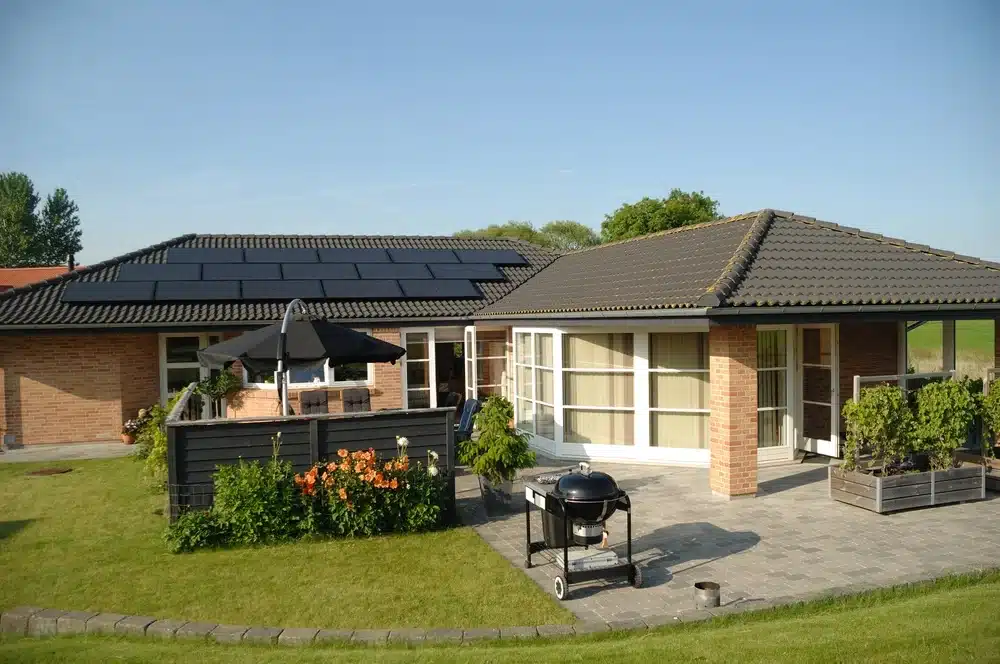
In response to environmental concerns and the escalating cost of living, regulations around new home constructions in Victoria have changed. The state now mandates that new homes must achieve at least a 7 out of 10 stars rating on the Nationwide House Energy Rating Scheme (NatHERS), an upgrade from the previous requirement of 6 stars. This means a commitment to higher energy efficiency standards and sets a clear path for integrating solar technology into modern housing developments.
The NatHERS provides a star rating from zero to ten based on the energy efficiency of a home’s design, considering the layout, construction materials, and the heating, cooling, and lighting needs that are likely to be required. The more stars, the less energy the home requires for heating and cooling, which translates to lower energy bills and a smaller carbon footprint.
For existing homes undergoing extensions or renovations, the new mandate presents a dual challenge and opportunity. Homeowners must now ensure that any extension work complies with the heightened requirements of the NatHERS. This often means integrating energy-saving features such as improved insulation, better window fittings, and crucially, solar panel installations. Although this can increase the upfront cost of home extensions, the long-term savings in energy expenses and the increased value of the property can far outweigh the initial investment.
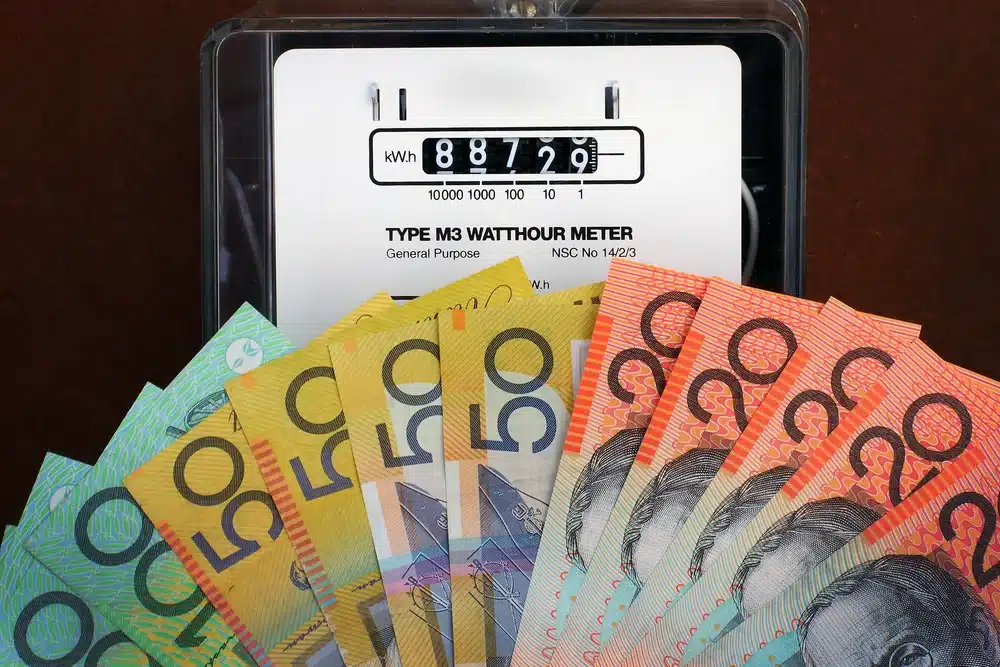
The surge in electricity prices has become a formidable aspect of the cost-of-living crisis. As energy costs continue to climb, driven by global energy shortages and local supply issues, the financial strain on ordinary Australians intensifies. However, homeowners have a powerful tool at their disposal to counteract these rising expenses: solar panels.
Solar panels convert sunlight into electricity, which can be used to power your home and, in effect, reduce your dependence on the electricity grid. This direct production of electricity means that for the hours of sunlight your panels harness, you are not paying for electricity from your utility provider. Given the abundant sunshine in many parts of Australia, solar panels can, beyond reasonable doubt, decrease your electricity bills.
The financial benefits of installing solar panels can be tremendous. Let’s break down the savings:
The average cost of installing a basic 3-4 kW solar system ranges from $4,500 to $6,000. With electricity prices averaging around 25 cents per kWh and higher in many parts of the country, a typical Australian household consumes about 20 kWh per day. By producing approximately 12-16 kWh per day, a 3-4 kW system covers 60%-80% of daily electricity use.
With the reduction in energy bills, the ROI period for solar panels is currently estimated at about 3-5 years. After this period, the savings are effectively money in your pocket. For instance, if you save $100 on electricity bills per month, you save $1,200 annually. Over ten years, this accumulates to $12,000, assuming electricity prices don’t rise, which they are likely to do.
As electricity costs are projected to continue rising, the savings potential of solar panels also increases. This shields you from future price hikes—a kind of financial protection that becomes more valuable as energy prices escalate.
Consider the case of a typical Melbourne family that installed a 4-kW system at the cost of $5,500. The family’s pre-installation electricity bill was approximately $2,200 annually. Post-installation, their energy consumption from the grid halved, leading to an annual electricity bill of about $1,100. Thus, the solar system pays for itself in roughly five years, after which the savings directly contribute to easing the family’s cost of living.
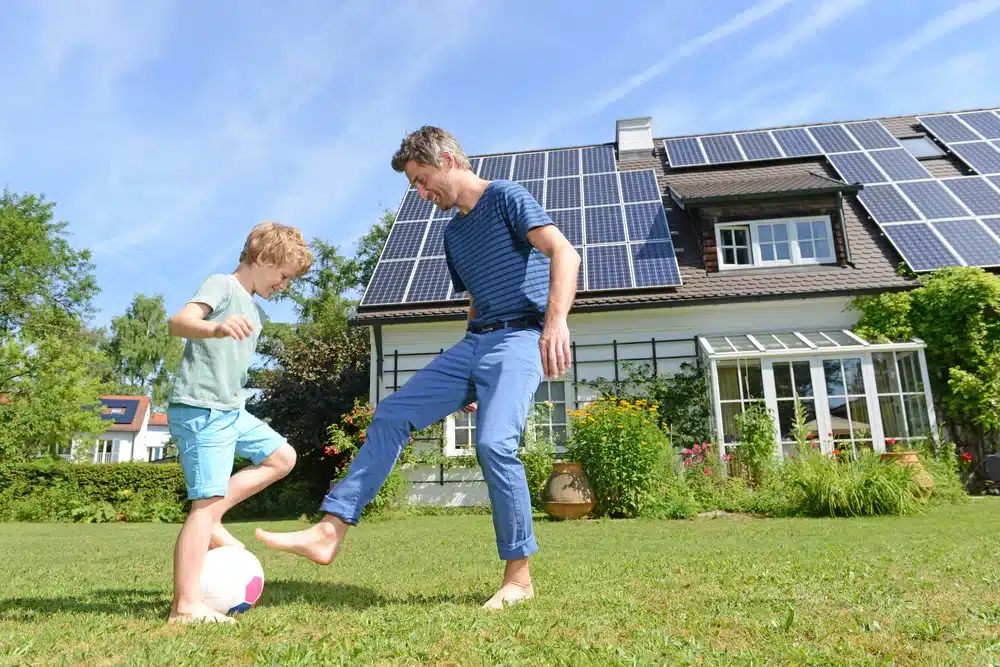
In the quest to improve home energy efficiency, you will run into different options like insulation, double- or triple-glazing, and solar power installations. However, when weighing the benefits and costs, solar power consistently surpasses the other options for valid reasons:
Solar panels provide a direct reduction in electricity bills by generating power onsite. Unlike insulation or glazing, which passively conserve energy, solar panels actively produce energy and offset more substantial portions of utility costs.
By generating your own electricity, solar panels reduce your reliance on the power grid. In contrast, while insulation and glazing improve energy retention, they do not lessen dependence on external energy sources.
Solar power systems can be scaled to suit different energy needs and expanded as required. This flexibility is not as easily achieved with insulation or window upgrades once they are installed.
Homes equipped with solar power systems often see a higher increase in property value compared to those with only insulation or upgraded windows. Buyers appreciate the active energy-generating capability of solar-equipped homes.
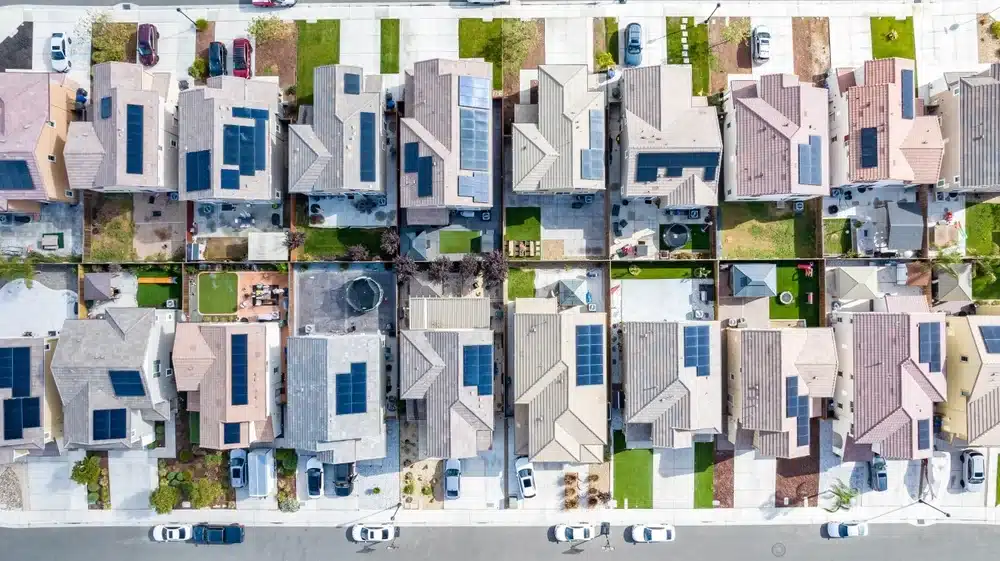
The return on investment (ROI) for solar panels is already compelling due to the reductions in energy bills they guarantee. However, when coupled with various government incentives, the financial case for solar becomes even stronger. Federal and state programs in Australia offer benefits that can reduce the upfront costs of solar installations and accelerate the payback period.
Under this scheme, homeowners receive Small-scale Technology Certificates (STCs) when they install eligible small-scale renewable energy systems like solar panels. These certificates can be sold to recoup a portion of the installation cost. The number of certificates received depends on the amount of electricity the system is expected to produce or displace.
The Solar Homes Program is an initiative that offers a rebate of up to $1,400 for solar PV systems for eligible households. Additionally, an interest-free loan matching the rebate amount is also available, which can be repaid over four years. This makes solar power more accessible and affordable for more families, reducing the initial financial barrier.
Through the Empowering Homes Program, NSW residents can apply for interest-free loans to install solar battery systems. Homeowners can get up to $14,000 for a solar PV and battery system, or up to $9,000 for adding a battery to an existing system, with terms of up to 8 years.
Many local governments also offer additional grants or special terms that incentivise solar adoption. These can include rebates, financial assistance, or streamlined permitting processes, all designed to reduce cost and complexity for homeowners.
These incentives can dramatically enhance the ROI of solar installations by:
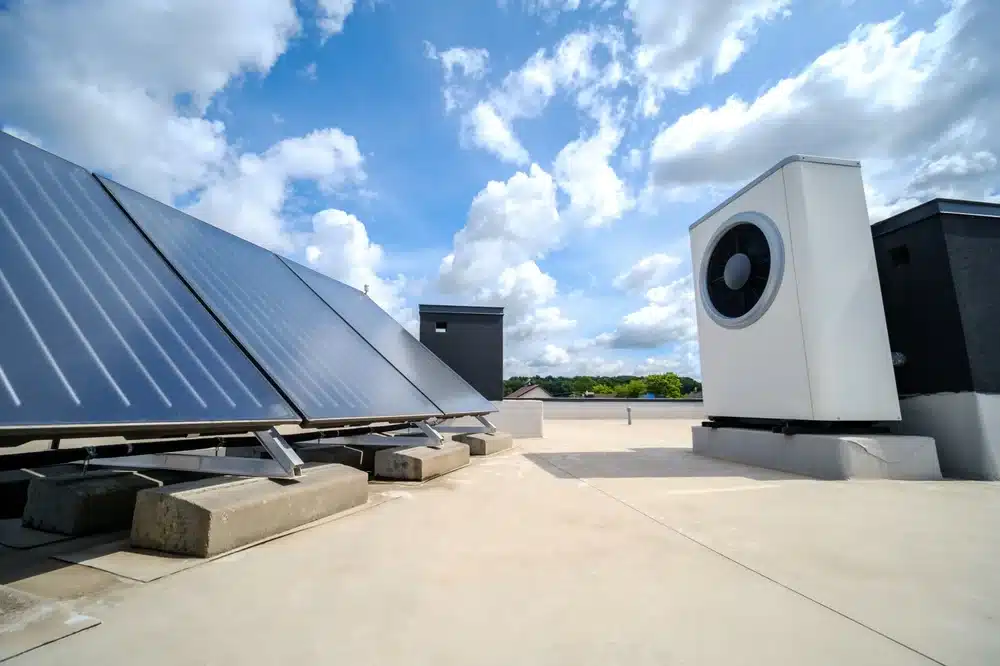
In Victoria, there’s a shift underway from gas to electricity as the primary source of home energy that reflects broader environmental goals and economic considerations. This transition is driven by the desire to reduce greenhouse gas emissions and the understanding that electricity, unlike gas, can be sustainably produced through renewable sources such as solar power.
To illustrate the practical benefits of moving away from gas, consider the experience of Anthony Kurta, a resident of Melbourne and the Managing Director of Solar Run. Anthony replaced his gas heating system with an electric system powered by a solar heat pump, which was initially more expensive but offered greater long-term savings.
Solar panels offer a route to sustainable living and act as a financial buffer against the rising cost of electricity. By investing in solar, Australian homeowners can gain a measure of control over their energy costs and turn their rooftops into assets that generate real economic returns year after year. Contact Solar Run today to schedule a consultation with a solar expert or to receive more information and resources on solar incentives in your postcode.
We are available! Have a question? Text us here.
 Text Us
Text Us